
- August 24, 2023
- Dennis Frank
- 4
Table of Contents
Understanding How Cryptocurrency Works
Cryptocurrency has been a hot topic in the financial industry for a few years now. But what is it, exactly? How does it work? And why is it so popular? In this article, we’ll explore the basics of cryptocurrency, blockchain technology, cryptocurrency mining, and wallets so you can understand exactly how cryptocurrency works.
The Basics of Cryptocurrency
Cryptocurrency is a digital or virtual currency that is secured by cryptography, making it difficult to counterfeit or double-spend. Unlike physical currencies like the US Dollar or the Euro, cryptocurrency operates independently of a central bank. Transactions are verified and recorded on a public digital ledger called a blockchain.
The use of cryptocurrency has been on the rise in recent years, with more and more businesses and individuals adopting it as a form of payment. One of the main advantages of cryptocurrency is its decentralized nature, which means that it is not controlled by any government or financial institution. This makes it more secure and less susceptible to fraud or hacking.
What is Cryptocurrency?
Cryptocurrency is a decentralized, digital or virtual currency that uses cryptography to secure and verify transactions. The most well-known cryptocurrency is Bitcoin, but there are many other types of cryptocurrencies, including Ethereum, Litecoin, and Ripple.
One of the key features of cryptocurrency is its anonymity. Transactions are recorded on the blockchain, but the identity of the person making the transaction is not revealed. This has led to some concerns about the use of cryptocurrency for illegal activities, such as money laundering and drug trafficking.
The History of Cryptocurrency
The concept of cryptocurrency was first introduced in 2008, when an unidentified person or group called Satoshi Nakamoto published a document describing a new digital currency called Bitcoin. Bitcoin launched in 2009 and quickly gained popularity. It was the world’s first decentralized cryptocurrency and remains the most popular today.
Since the launch of Bitcoin, many other cryptocurrencies have been developed, each with its own unique features and applications. However, Bitcoin remains the most widely used and recognized cryptocurrency.
Types of Cryptocurrencies
There are many types of cryptocurrencies. Some, like Bitcoin, are purely used for financial transactions. Others, like Ethereum, have a wider range of uses and applications, including smart contracts and decentralized apps.
Ethereum, for example, is a blockchain platform that enables developers to build and deploy decentralized applications. These applications can be used for a wide range of purposes, from online voting systems to supply chain management.
Another type of cryptocurrency is Litecoin, which was created in 2011 by Charlie Lee, a former Google engineer. Litecoin is similar to Bitcoin, but with some key differences, such as faster transaction times and a different mining algorithm.
Ripple is another popular cryptocurrency that is designed for use in the financial industry. It enables fast and secure cross-border payments, making it an attractive option for businesses and individuals who need to transfer money internationally.
Overall, the world of cryptocurrency is constantly evolving, with new technologies and applications being developed all the time. While there are still many challenges and uncertainties surrounding the use of cryptocurrency, it is clear that it has the potential to revolutionize the way we think about money and financial transactions.
Blockchain Technology
Blockchain is the technology that enables cryptocurrency to function. Essentially, it is a digital ledger that records all transactions on a decentralized network. Unlike a traditional ledger, it is open and transparent, meaning anyone can see all the transactions that have ever occurred.
What is Blockchain?
Blockchain is a digital ledger that records transactions on a decentralized network. Each block in the blockchain contains a record of several transactions, which are verified and recorded by nodes on the network. Once a block is verified, it is added to the chain of previous blocks, creating a permanent and unalterable record of every transaction on the network.
Blockchain technology was invented in 2008 by an unknown person or group of people using the pseudonym Satoshi Nakamoto. It was originally designed as a way to enable peer-to-peer electronic cash transactions without the need for a financial institution.
Since then, blockchain technology has evolved to become much more than just a way to facilitate cryptocurrency transactions. It has the potential to revolutionize a wide range of industries, from banking and finance to healthcare and supply chain management.
How Blockchain Secures Transactions
The decentralized nature of blockchain makes it incredibly secure. Because the ledger is shared among multiple nodes on the network, it is nearly impossible for a hacker to alter or delete any transactions without the consent of the entire network. Additionally, transactions on the blockchain are verified and encrypted, making them extremely difficult to hack.
One of the key features of blockchain technology is its use of cryptographic algorithms to secure transactions. Each block in the chain is linked to the previous block, creating a chain of blocks that cannot be altered without changing all subsequent blocks. This makes it virtually impossible for anyone to tamper with the blockchain without being detected.
Decentralization and its Benefits
Decentralization is the key to blockchain’s security and transparency. Because there is no central entity or authority controlling the network, it is much more resistant to hacking and manipulation than a traditional centralized system. Additionally, it enables greater transparency, as anyone can see exactly where every transaction is going and exactly how much is being sent.
One of the main benefits of decentralization is that it eliminates the need for intermediaries, such as banks or other financial institutions. This can greatly reduce transaction costs and increase the speed and efficiency of transactions.
Another benefit of decentralization is that it enables greater privacy and security. Because transactions are verified and recorded on a decentralized network, there is no need to share personal information with third-party intermediaries. This can help protect individuals’ sensitive financial information from being compromised.
Overall, blockchain technology has the potential to revolutionize the way we conduct transactions and store data. Its decentralized and secure nature makes it ideal for a wide range of applications, from financial transactions to supply chain management and beyond.

Cryptocurrency Mining
Cryptocurrency mining is the process of verifying and recording transactions on the blockchain. Miners use powerful computers and software to solve complex mathematical equations and add new blocks to the blockchain. In exchange for their work, miners are rewarded with new units of the cryptocurrency they are mining.
The process of cryptocurrency mining is a crucial aspect of the cryptocurrency ecosystem. It not only helps in verifying and recording transactions but also adds new blocks to the blockchain. The blockchain is a decentralized ledger that records all transactions made on the cryptocurrency network. Without miners, the blockchain would not exist, and the cryptocurrency would not function.
The Role of Miners
Miners are responsible for verifying and recording transactions on the blockchain. They do this by using powerful computers to solve complex mathematical equations and add new blocks to the chain. In exchange for their work, they receive new units of the cryptocurrency they are mining.
Miners play a crucial role in ensuring the security and integrity of the blockchain network. They are responsible for verifying the transactions made on the network and adding them to the blockchain. The process of mining also ensures that the network is free from fraud and double-spending.
Proof of Work vs. Proof of Stake
There are two main methods for verifying transactions on the blockchain: proof of work and proof of stake. Proof of work requires miners to perform a certain amount of computational work to verify a transaction. Proof of stake, on the other hand, requires miners to hold a certain amount of cryptocurrency in order to be eligible to verify transactions.
The proof of work method is the most commonly used method for verifying transactions on the blockchain. It requires miners to perform a certain amount of computational work to verify a transaction. The more computational work a miner performs, the higher their chances of adding a new block to the blockchain and receiving a reward. The proof of stake method, on the other hand, requires miners to hold a certain amount of cryptocurrency in order to be eligible to verify transactions.
Mining Pools and Rewards
Many miners choose to join mining pools, which allow them to pool their computing power and work together to solve equations and add new blocks to the blockchain. This can make mining more efficient and profitable. Rewards for mining vary depending on the cryptocurrency and the difficulty of mining, but typically range from a few cents to several dollars per block.
Mining pools are groups of miners who combine their computing power to increase their chances of adding a new block to the blockchain and receiving a reward. Mining pools can be more efficient and profitable than mining alone, as they allow miners to share the rewards of mining. Rewards for mining vary depending on the cryptocurrency and the difficulty of mining. Some cryptocurrencies have a higher mining difficulty than others, which means that the rewards for mining are higher.
In conclusion, cryptocurrency mining is a crucial aspect of the cryptocurrency ecosystem. It not only helps in verifying and recording transactions but also adds new blocks to the blockchain. The role of miners is crucial in ensuring the security and integrity of the blockchain network. The process of mining can be made more efficient and profitable by joining mining pools, and rewards for mining vary depending on the cryptocurrency and the difficulty of mining.
Cryptocurrency Wallets
A cryptocurrency wallet is a digital storage space that allows you to send, receive, and store cryptocurrencies. It works like a physical wallet, but instead of holding cash, it holds digital tokens. There are several types of wallets available, each with its own level of security and convenience.
Types of Wallets
There are several types of cryptocurrency wallets, including desktop wallets, mobile wallets, web wallets, and hardware wallets. Desktop wallets are software programs that you download and run on your computer. Mobile wallets are apps that you download to your smartphone. Web wallets are online services that you access through a web browser. Hardware wallets are physical devices that you plug into your computer.
How to Choose a Wallet
When choosing a cryptocurrency wallet, it is important to consider factors like security, convenience, and ease of use. Desktop and hardware wallets are generally the most secure, as they keep your private keys offline and out of the reach of hackers. Mobile and web wallets are more convenient and easy to use, but can be less secure. It is important to do your research and choose a wallet that meets your needs and preferences.
Wallet Security Best Practices
To keep your cryptocurrency safe, it is important to follow best practices for wallet security. This includes choosing a strong password, using two-factor authentication, and keeping your private keys offline as much as possible. Additionally, it is important to keep your computer and software up-to-date to avoid vulnerabilities and exploits.
Conclusion
Now that you understand the basics of cryptocurrency, blockchain technology, cryptocurrency mining, and wallets, you can see how these components work together to create a secure and transparent financial system. Whether you are a seasoned cryptocurrency investor or just starting to explore this exciting new technology, it is important to continue learning and staying informed as the cryptocurrency landscape continues to evolve.











































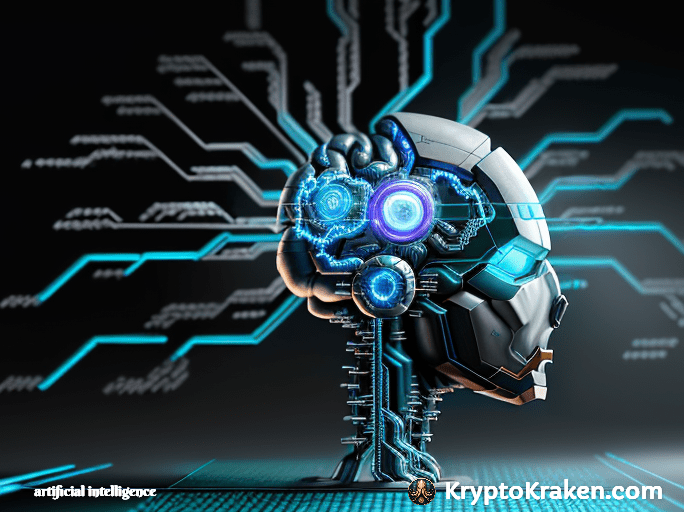


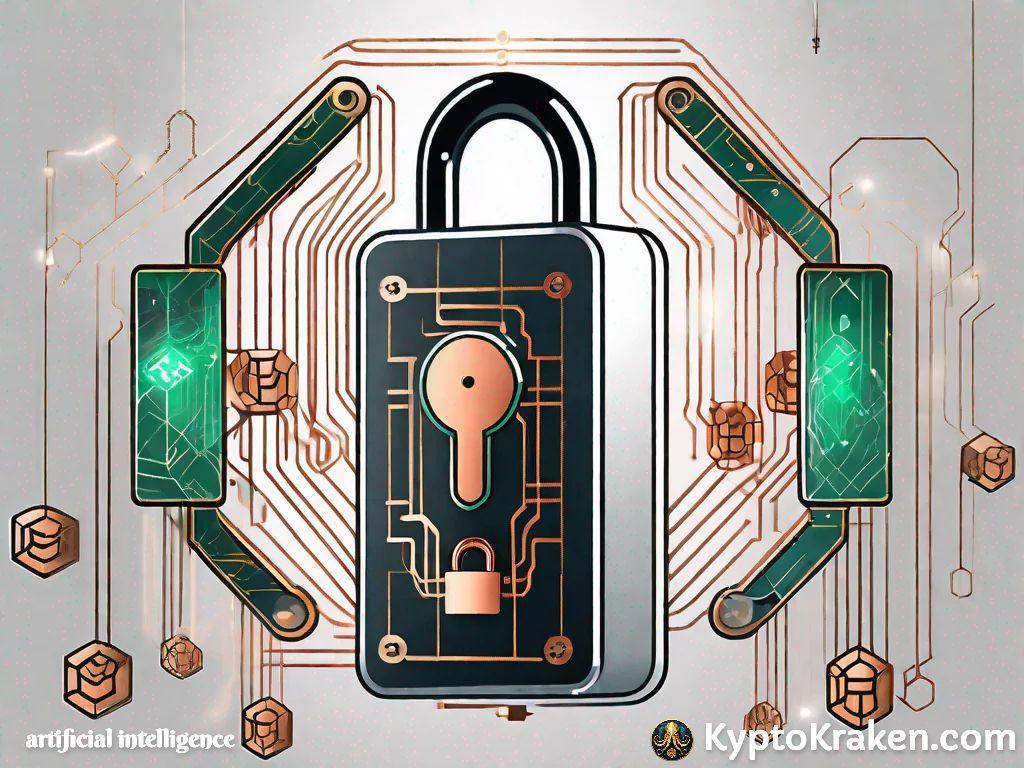































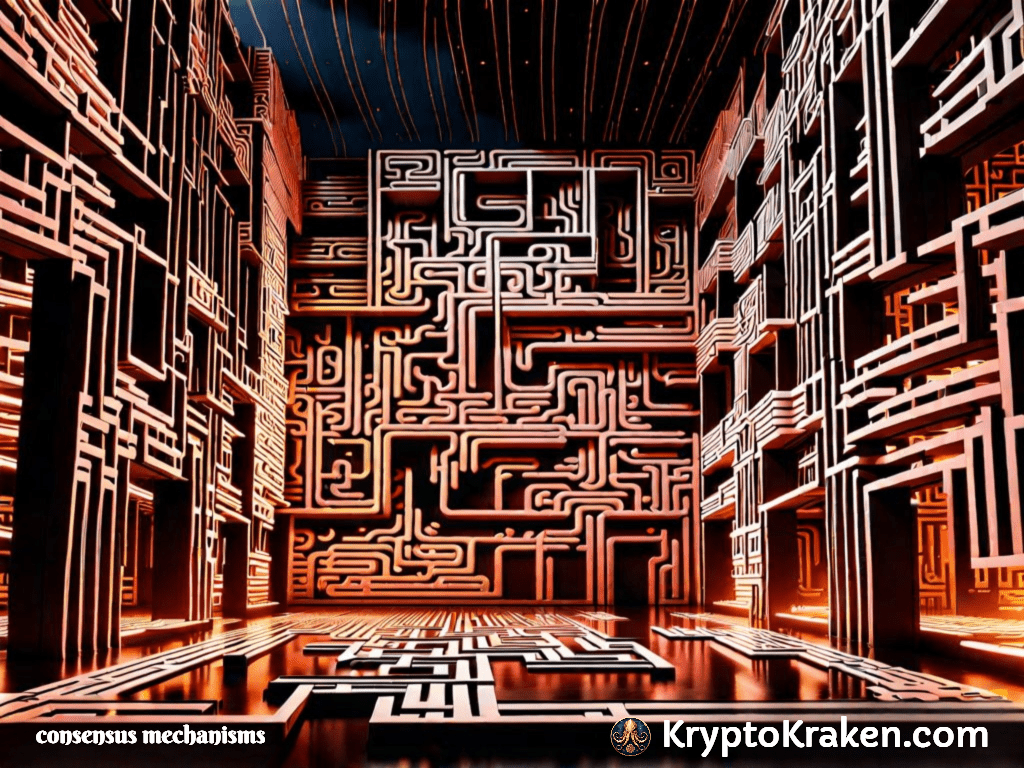











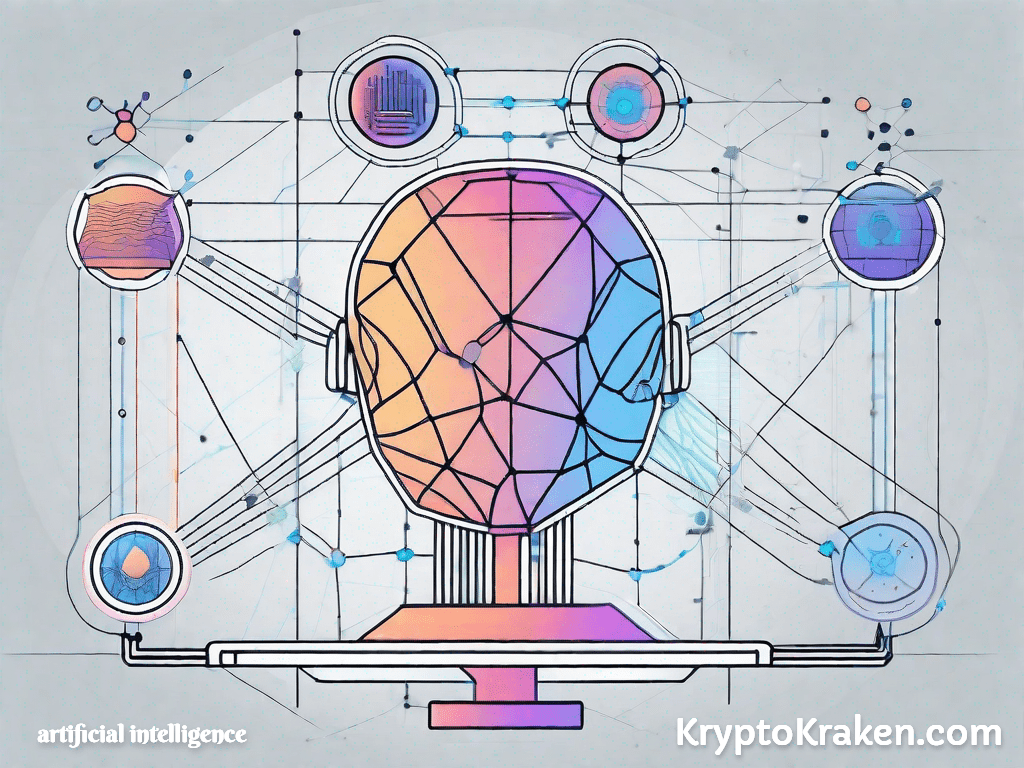
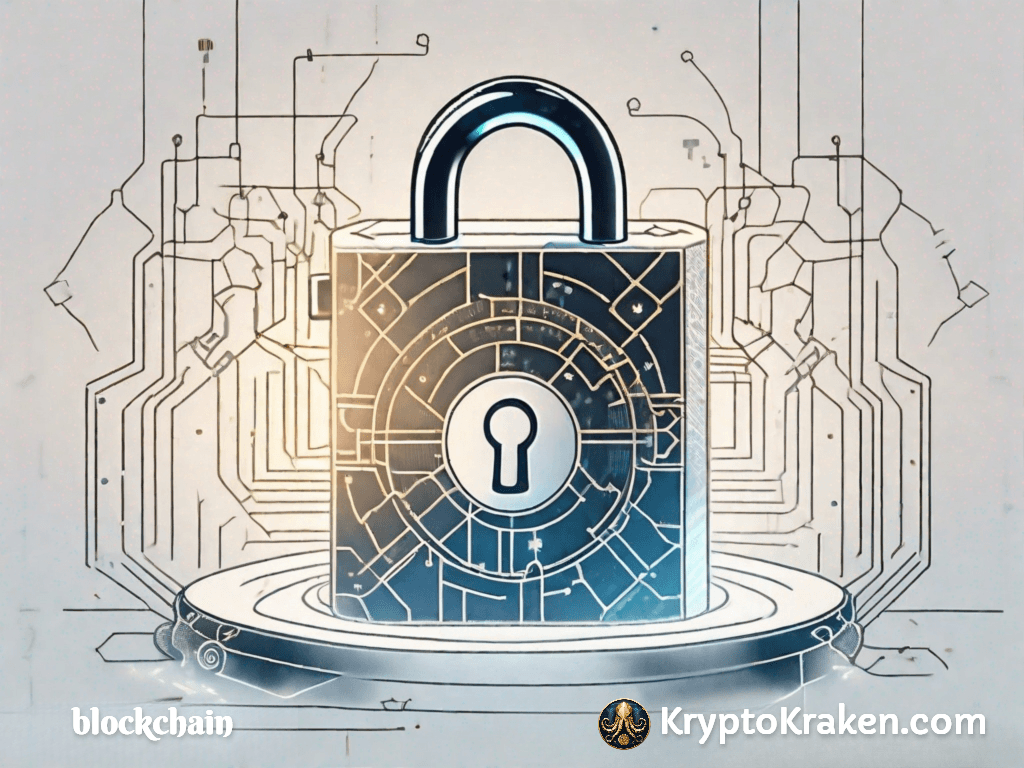


















4 comments on “Understanding How Cryptocurrency Works”